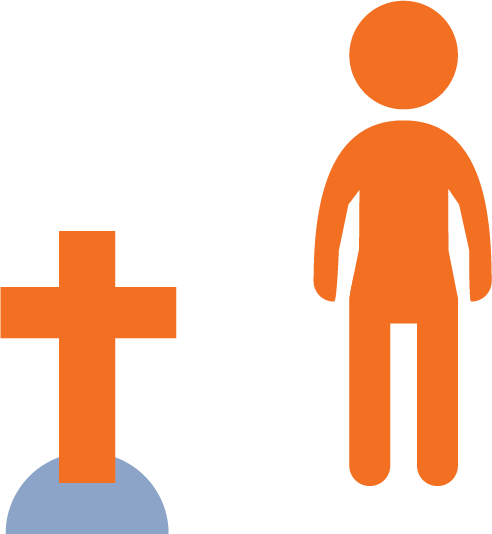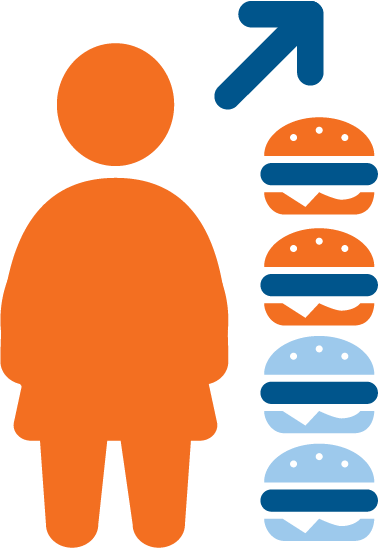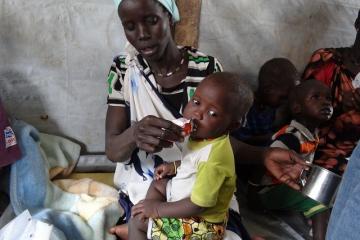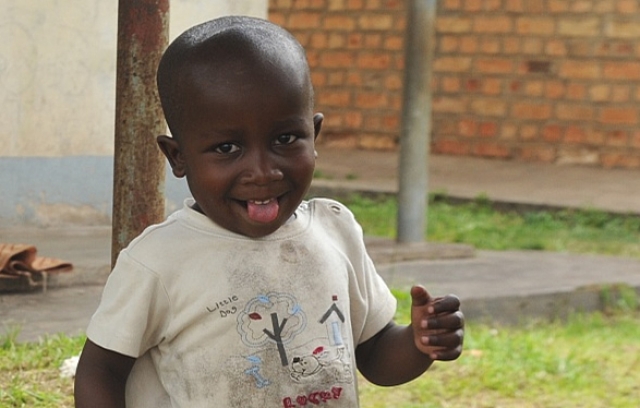
A profound shift from communicable to noncommunicable diseases (NCDs) is under way in many parts of the African Region. Globally, NCDs are estimated to kill 38 million people each year and they threaten progress towards the UN Millennium Development Goals and influence the post-2015 development agenda.
The four main types of NCDs are cardiovascular diseases (like heart attacks and stroke), cancers, chronic respiratory diseases (such as chronic obstructed pulmonary disease and asthma) and diabetes.
The trend towards a unhealthy diet rich in saturated fat, sugar and salt and poor in fruit and vegetables means that children in sub-Saharan Africa are overweight but malnourished because they are receiving more than enough calories but not enough necessary nutrients to grow into healthy adults.
Malnutrition – including undernutrition and nutritional deficiencies – are still major causes of death and disease, especially among vulnerable and socially disadvantaged people like women and children less than five years of age.
To help address these challenges, Uganda recently hosted the Regional Meeting on Accelerating Nutrition Improvements (ANI) in Africa. ANI aims to strengthen nutrition surveillance and scale up activities that will provide indirect benefit to 66 million women of reproductive age and 46 million children less than five years of age in sub-Saharan Africa.
Opening the meeting, Uganda’s Director General of Health Services Dr Jane Ruth Aceng underscored the centrality of nutrition in health care delivery noting that "nutrition is a social and economic determinant of health that must be always be prioritized".
Dr Mercy Chikoko, ANI coordinator at the WHO Regional Office for Africa, highlighted that all stakeholders need to be accountable for framing policies and implementing programmes that will effectively reduce preventable risks to health. Evaluation, monitoring and surveillance are essential components of such actions.
The WHO Representative for Uganda, Dr Wondimagegnehu Alemu commended Uganda for tackling nutrition at the highest level and for prioritizing nutrition. “Malnutrition is a public health concern in sub-Saharan Africa that calls for urgent actions and interventions such as ANI”, he said.
Echoing the same sentiments, Dr Francesco Branca, Director of Nutrition for Health and Development at WHO/HQ, appreciated the concerted efforts of the different countries to improve nutrition. He highlighted the burden of undernutrition in counties and appreciated Africa for taking the initiative to address the problems.
Overall, the delegates emphasized the need for capacity building in districts, province or regions to be able to assess, analyze and use information for decision-making, planning and implementation of nutrition programs. The delegates were nutrition experts from WHO and governments of Burkina Faso, Ethiopia, Mali, Zimbabwe, Uganda, Senegal, Tanzania, Mozambique and Sierra Leone.
Dietary habits are often rooted in local and regional traditions. National strategies need to be culturally appropriate and be able to challenge cultural influences and to respond to changes over time. Dietary recommendations include the following:
- achieve energy balance and a healthy weight
- limit energy intake from total fats and shift fat consumption away from saturated fats to unsaturated fats and towards the elimination of trans-fatty acids
- increase consumption of fruits and vegetables, and legumes, whole grains and nuts
- limit the intake of free sugars
- limit salt (sodium) consumption from all sources and ensure that salt is iodized.
For implementing the ANI project, WHO is closely working with partner agencies, including UN agencies, Renewed Efforts Against Child Hunger and undernutrition (REACH), Scaling Up Nutrition (SUN), USAID, and various nongovernmental organizations and efforts are supported by the Department of Foreign Affairs and Trade Development of the Government of Canada (DFATD).
For more information, please contact:
Technical contacts:
Dr Mercy Chikoko, Tel: +472 413 9380; Email: chikokom@who.int
Dr Pricilla Ravonimanantsoa, Tel: +256031335555; Email: ravonimanantsoap@who.int
Media contacts:
Dr Cory Couillard, Tel: +472 413 9995; Email: couillardc@who.int
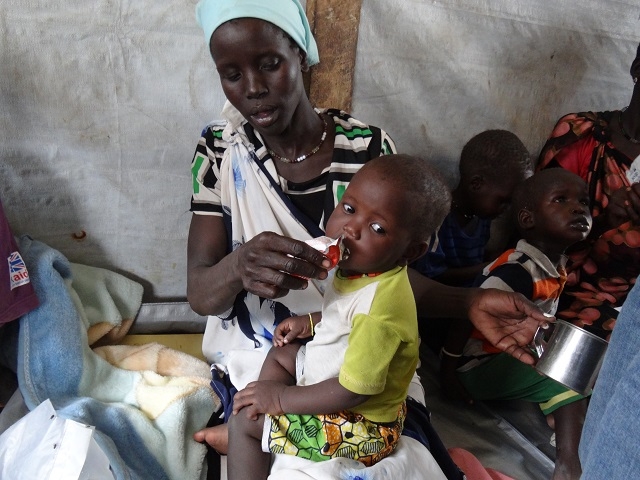
Juba, 30 March 2017 - The World Health Organization (WHO) continues to scale up its response to reduce preventable deaths and diseases, and provide health services in famine-affected areas of South Sudan. In February 2017, famine was declared in the former Unity State, where 100 000 people face starvation and another 1 million are on the brink of famine.
The total number of food insecure people is expected to rise to 5.5 million at the height of the lean season in July if nothing is done to curb the severity and spread of the food crisis. Children are particularly vulnerable to malnourishment in times of famine. In Unity State, an estimated 270 000 children and 350 000 women are affected by severe acute malnutrition.
“A malnourished child is a sick child, and if you only give them food, they will die as they need both food and care,” said Dr Abdulmumini Usman, the WHO Representative to South Sudan. “Sadly, by the time a famine is declared, it is too late for thousands of people.”
Health is an essential part of the famine response.. Those who are malnourished are also more likely to get sick and are more likely to be affected during disease outbreaks; and when they get sick they are more likely to die.
Acute malnutrition weakens the immune system, which makes affected children, lactating/pregnant mothers and people with underlying medical conditions more susceptible to killer diseases such as measles, malaria, pneumonia and deterioration in the existing underlying medical conditions. Globally, undernutrition is an underlying factor in more than half of child deaths from pneumonia and malaria, and more than 40% of measles deaths.
WHO has a team of more than 350 people based in South Sudan who have worked closely with the Ministry of Health for many years. The team in South Sudan has been responding to this crisis for months. However, South Sudan is a country dealing with multiple crises and challenges, including conflict and weak health infrastructure, which make it a particularly challenging place to operate and obtain results.
WHO has worked closely with Health Cluster partners in famine-affected areas in former Unity State, especially in Leer, Koch and Mayendit Counties, to deliver much needed health assistance, especially during the recent cholera outbreak that continues. In 2017, WHO supported a cholera vaccination campaign, including in famine-affected areas, and provided 69 000 doses of oral cholera vaccine to Unity State. Later this year, WHO will support a nationwide measles campaign, including famine-affected areas.
Surge support to fortify WHO’s famine response
To help respond effectively to the emergency, WHO is in the midst of deploying additional personnel with specific emergency response experiences, such as on coordination, disease surveillance and information management, and additional resources, such as medicines and kits to help treat medical complications of severe acute malnutrition.
“We want to focus our efforts on increasing access to essential health and nutritional services, plus strengthening disease surveillance and data collection,” said Dr Solomon Woldetsadik, WHO Incident Manager for the famine response. “If you can’t see where the outbreaks are happening, you can’t effectively target your response and treat the people.”
WHO's immediate priorities will be to prevent and control disease outbreaks, such as cholera, measles, malaria and polio, improve emergency health services delivery, strengthening coordination between the Government and partners at local, state and national levels, utilizing data and information to provide a more targeted response, and looking at ways to ensure resilience for service delivery in the future.
WHO requires additional funding, and currently expects the response in South Sudan to cost US$ 20.1 million, but has only received US$ 2.1 million so far. South Sudan’s Health Cluster, including WHO, is seeking US$ 145 million for 2017. Funding needs may rise as the crisis evolves.
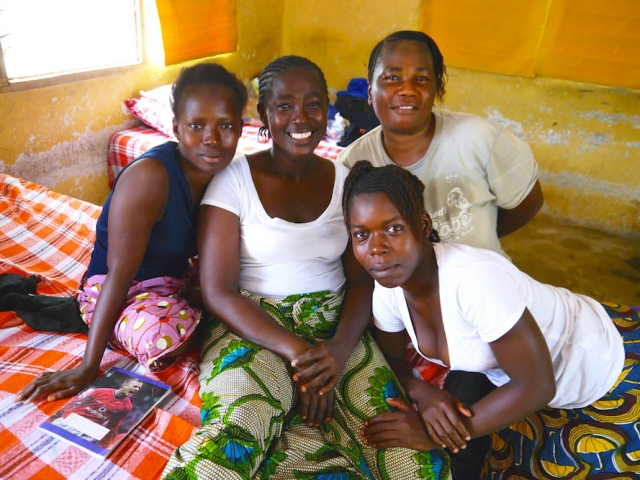
New data released today by the Ministry of Health and Sanitation and WHO shows that community engagement efforts reached more than 20,950 households over seven months in 2016, approximately 117,000* people, through community meetings, events, door to door visits and vibrant peer support groups.
Since the Ebola outbreak, the Ministry of Health and Sanitation supported by WHO has prioritized community engagement as a major instrument in the fight to improve health outcomes in Sierra Leone. This includes support for communities to prevent, detect and manage diseases, but also substantive drives to improve child and maternal health. In particular, engagement efforts have focused on promoting delivery at health facilities and antenatal care; immunization uptake; disease surveillance and response; good nutrition, and trust and use of clinics for diagnosis and treatment.
 From April to November 2016, 14,800 pregnant women were reached with messages and information on antenatal care and institutional deliveries, both critical interventions towards reducing Sierra Leone’s high numbers of maternal and infant deaths, and 8,000 mothers participated in innovative Mothers’ Support Clubs. These clubs have mobilized ‘Lead Mothers’ to monitor children for malnourishment and stunting and engaged them as peer educators on nutrition.
From April to November 2016, 14,800 pregnant women were reached with messages and information on antenatal care and institutional deliveries, both critical interventions towards reducing Sierra Leone’s high numbers of maternal and infant deaths, and 8,000 mothers participated in innovative Mothers’ Support Clubs. These clubs have mobilized ‘Lead Mothers’ to monitor children for malnourishment and stunting and engaged them as peer educators on nutrition.
School health clubs have also rallied young people to talk to their peers about issues that affect their health, from STIs to disease prevention and NCDs, while husbands, domestic partners and community leadership have been engaged as champions and supporters of activities towards maternal and child health and disease prevention and response.
Sandra Miatta Sesay says that these campaigns have made a remarkable difference for public health in her community of Kpapei, a rural farming village in Moyamba District. She is a Lead Mother in a Mother’s Support Group where a large group of women have now been trained in nutrition.
“We talk to pregnant women about what to eat; we talk to mothers about what and when to feed the children, and we talk about breastfeeding for the first six months.”
She adds that the process has enabled women to take charge of their health and that of their family. “In the past some people were not really understanding the importance of breastfeeding and they used to give the children water in the first six months which made them get sick. Today people are really practicing exclusive breastfeeding and our children are doing very well and are strong.”
With support from the Ministry and other health partners, experiences like these show that knowledge, education and community engagement have a very vital role to play in improving health outcomes in Sierra Leone and tackling some of the country’s most pressing health challenges.
Download the data here.
*Based on an average household size of 5.6 (2015 Housing and Population Census)



